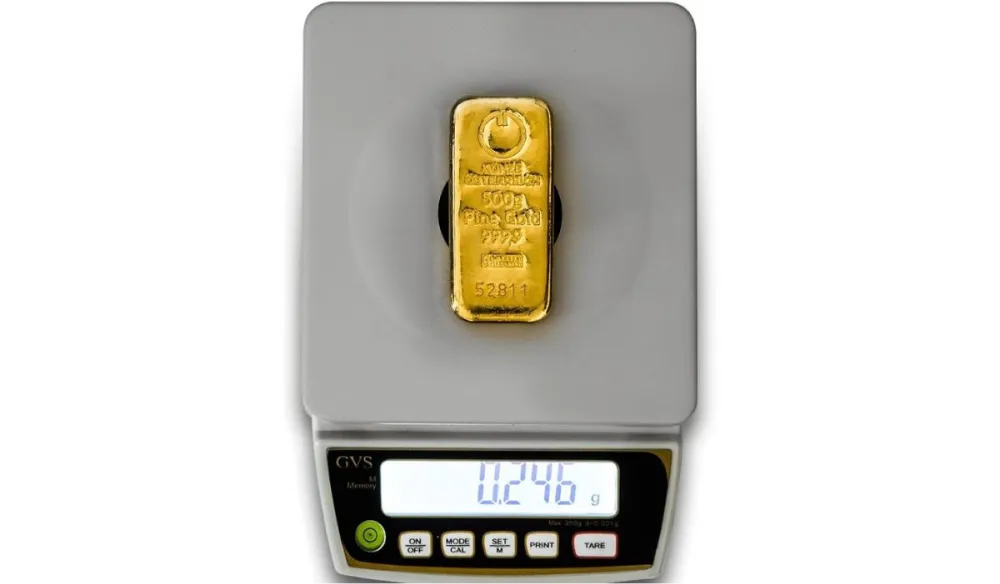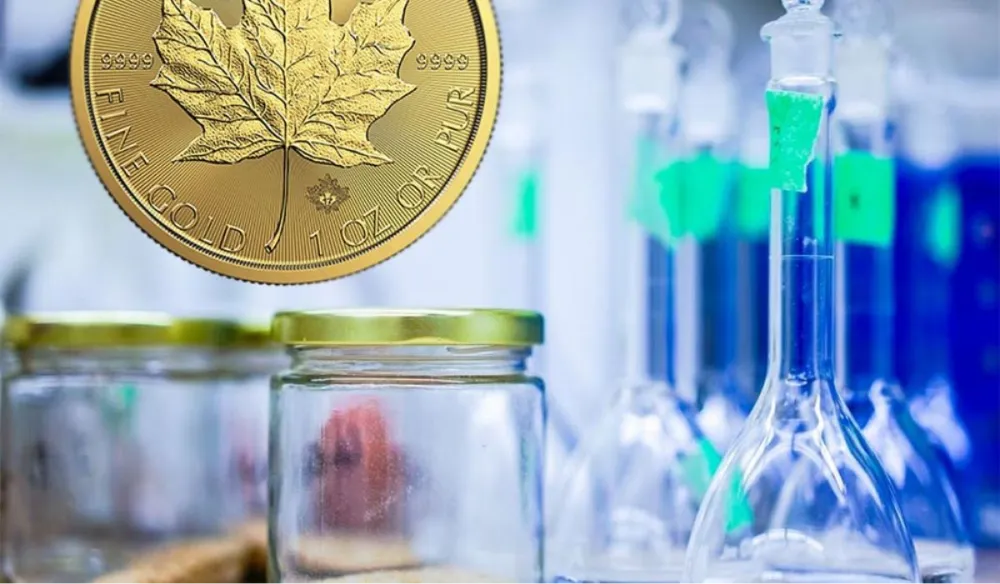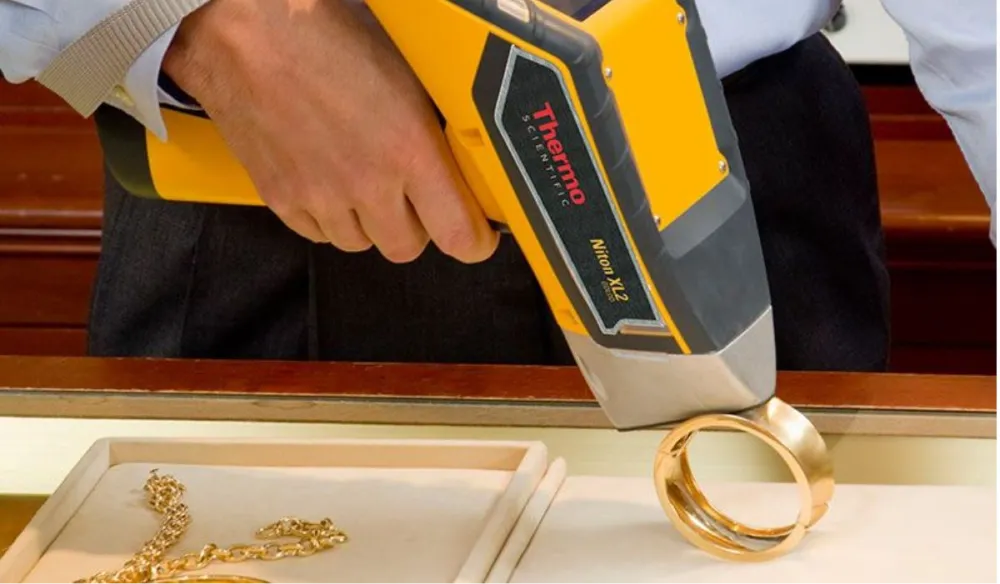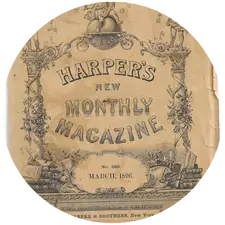Gold bullion holds significant value across industries like manufacturing, refining, recycling, and fabricating. Its purity impacts product quality, product price, and investments. For businesses dealing with precious metals, accurate testing ensures its authenticity and builds customer trust.
This guide covers eight reliable methods on how to test gold bullion. These methods cater to manufacturers, refiners, recyclers, and fabricators. Let’s explore these techniques and learn how to verify gold purity confidently.
Size and Weight Test
Gold has a unique density, making the size and weight test effective for verifying authenticity. Each bullion type, whether a bar or coin, has a standard weight based on its purity and size. Weigh the bullion with a precision scale and compare it to the expected weight for its size and purity.
For example, a 1-ounce gold bar should weigh about 31.1 grams, and a 1 troy-ounce gold coin should weigh 31.1035 grams. Variations in weight, diameter, or thickness may indicate counterfeit materials. Fake gold often deviates in size to match real gold’s weight.
This method is cost-effective and reliable, especially for manufacturers and refiners dealing with standard gold bar sizes.
Find Hallmarks
Hallmarks are official stamps on gold bullion, indicating its purity, manufacturer, and origin. Common marks like “999” or “.999” represent 99.9% purity. In the UK, all gold items must be hallmarked by law.
How to test gold bullion by inspecting hallmarks can quickly confirm the legitimacy of your gold. Use a magnifying glass to examine the details and ensure the stamps are crisp and accurate. Be cautious, as counterfeiters often replicate hallmarks. This method is best paired with other testing techniques for complete assurance.
Magnet Test
Gold is non-magnetic, making the magnet test a quick and simple way to check for counterfeit items containing magnetic metals. To perform the test, place the gold bullion near a strong magnet; authentic gold will not be attracted.
If the item sticks or shows magnetic properties, it likely contains ferrous materials. However, this test is not foolproof, as some counterfeit products use non-magnetic metals. While inexpensive and easy, it should be used as an initial screening method before conducting more detailed tests, such as acid testing or weight verification.
Testing Gold by Its Sound
Gold produces a distinctive ringing sound when gently struck against another metal, which can help identify its authenticity. To perform this test, gently tap the bullion with a metal rod or coin. Authentic gold will emit a clear, high-pitched tone, while counterfeit items often produce dull or muted sounds. This test requires practice and a trained ear to differentiate between authentic and fake gold effectively. It’s a handy method for quick assessments but should be followed by more precise techniques.
Testing With the GVS Bullion Tester (Magnetic Scale)
The GVS Bullion Tester is a specialized tool that combines a magnetic scale with precise measurements to verify the authenticity of gold bullion. It measures the metal’s magnetic permeability and density, providing instant results.

This how-to-test gold bullion method is ideal for manufacturers and refiners handling large quantities of bullion. The GVS Bullion Tester is user-friendly and ensures accuracy, making it a preferred choice in the precious metals industry.
Additional Tests When Values Don’t Match
Combining multiple tests, such as chemical testing and XRF analysis, provides a more reliable conclusion when discrepancies are found in size, weight, or other properties.
Chemical Test for Gold Purity
Chemical testing kits often include acids of varying strengths to assess gold’s karat value.To perform the test, scratch a small area of the bullion and apply the acid. The reaction will indicate the gold’s purity based on a color change or lack thereof.
This method is widely used by refiners and recyclers for its reliability but requires proper handling and safety precautions. Below, we explore two common test kits used for chemical testing of gold bullion:
Ceramic Test
Rub the bullion on an unglazed ceramic tile. Authentic gold will leave a gold streak, while counterfeit items often leave a black or gray mark. This test is quick and non-invasive but requires caution to avoid damaging the bullion.

Nitric Acid Test
Apply a drop of nitric acid to the surface of the bullion. Pure gold remains unaffected by nitric acid, while fake gold or alloys may change color or dissolve. This test is effective for determining gold purity. However, it should be handled with caution due to the corrosive nature of nitric acid.
Electronic Gold Testers
Electronic gold testers determine purity by measuring the electrical conductivity of gold. Simply place the probe on the bullion’s surface, and the device provides an instant karat value.
Electronic testers are ideal for businesses needing quick and non-invasive methods to verify gold authenticity. They are particularly useful when precise measurements are needed or when testing larger quantities of gold.
XRF Analyzers
X-ray fluorescence (XRF) analyzers are advanced tools used to analyze the composition of gold bullion. They emit X-rays onto the surface, detecting elements and their proportions for a highly accurate, non-destructive analysis.

XRF analyzers are ideal for manufacturers, refiners, and investors, offering precise results in just a few seconds for an approximate analysis, with detailed readings taking a minute or two. Although costly, XRF analyzers are invaluable for large-scale testing due to their reliability and precision.
Take It to Professional Services to Test Gold Bullion
For the most accurate results when learning how to test gold bullion, consult professional testing services like Ledoux & Co. With over a century of expertise in metallurgical testing, Ledoux & Co. uses advanced techniques like XRF analysis and chemical assays. They ensure precise results and are trusted by manufacturers, refiners, and investors. Ledoux & Co. provides customized testing solutions tailored to your needs. Their services include:
- Precious Metals Analysis: Comprehensive testing to determine gold purity and other metals in alloys.
- Electronic Scrap Analysis: Specialized analysis for gold recovery from electronic components.
Choose Ledoux & Co for Gold Bullion Testing!
Knowing how to test gold bullion is essential to protect your investments and ensure quality in manufacturing and refining processes. While DIY methods provide a good starting point, professional testing services offer unmatched accuracy and reliability. Choose Ledoux & Co for precise gold bullion testing tailored to your needs. Contact them today for expert advice and top-tier services: Ledoux & Co.













